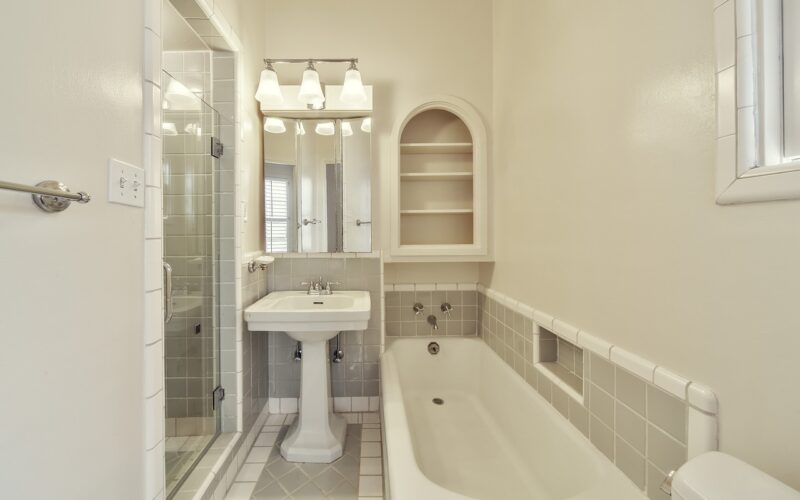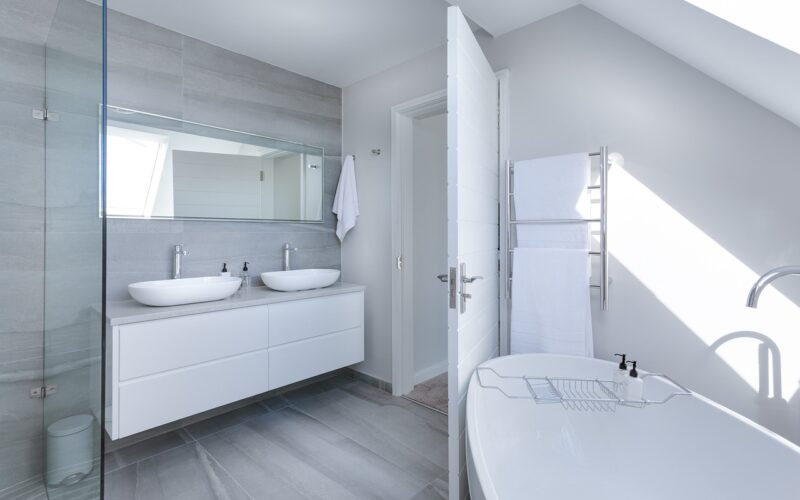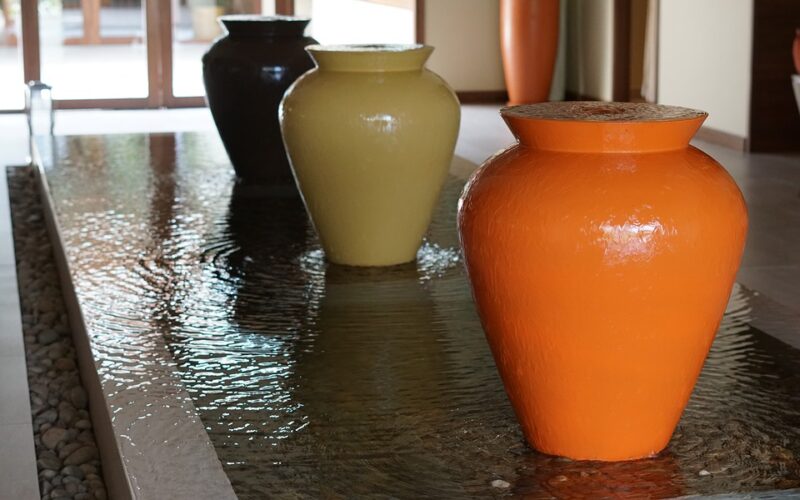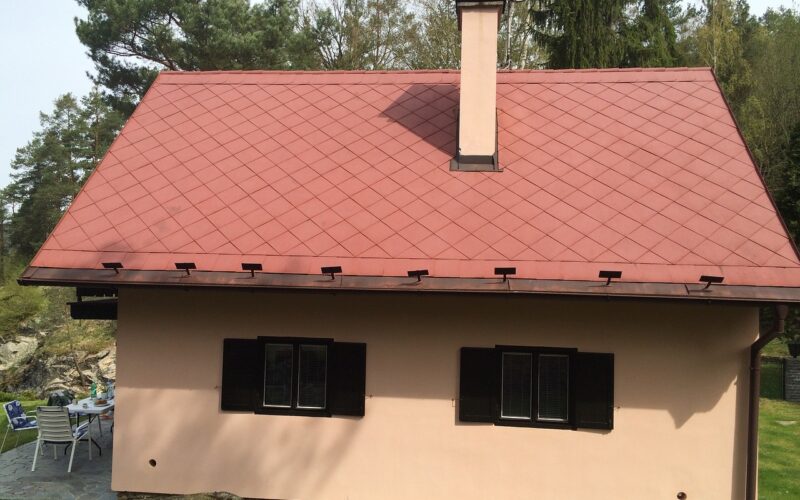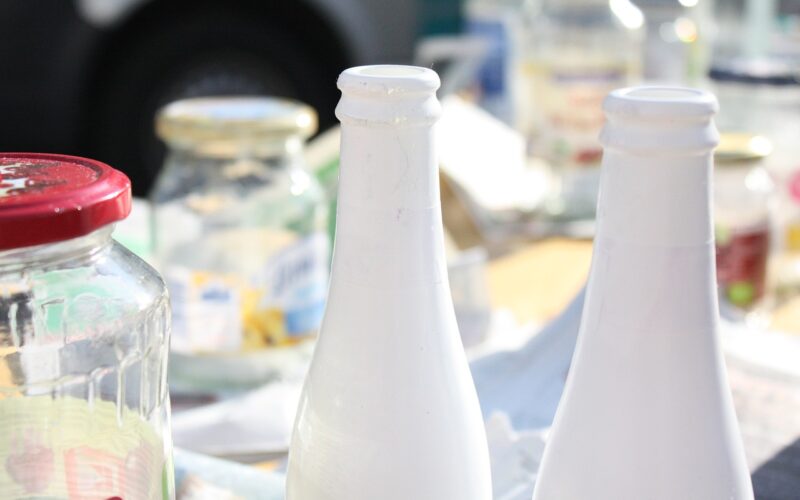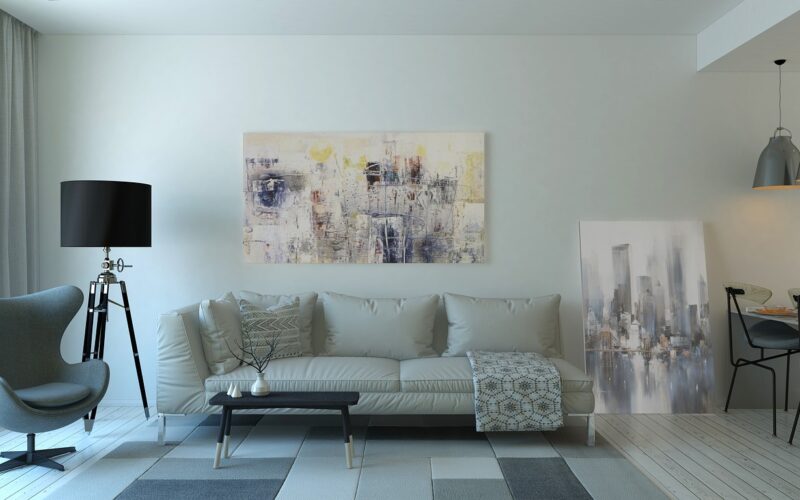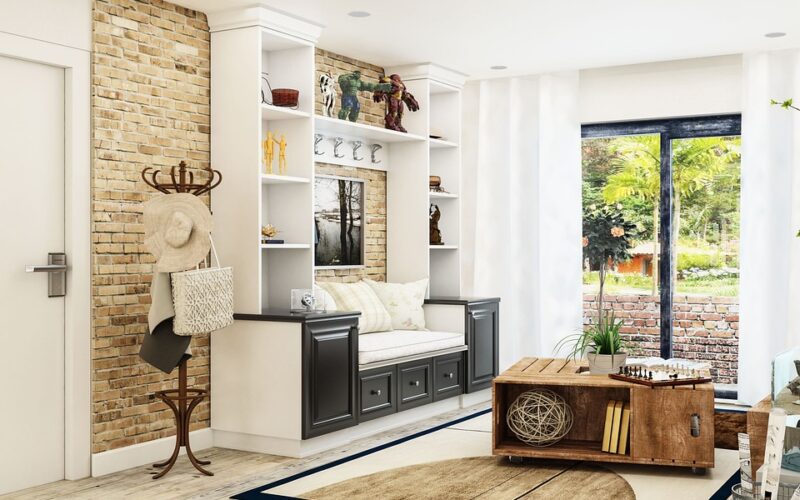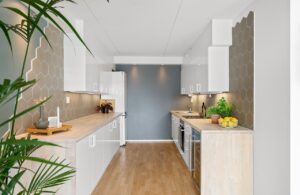Renovating an old home can be an exhilarating yet daunting task. It's a bridge between two eras – the bygone charm of historic architecture and the sleek convenience of modern living. Merging the two sympathetically not only requires a keen eye for design but a profound respect for the original craftsmanship.
Understanding the bones of your home
Before you begin breaking down walls or installing smart thermostats, it's crucial to get under the skin of your old house. Understand the period it was built in and the materials that were used. It could be a Victorian beauty with solid brickwork or a mid-century gem with unique timber framing. The 'bones' of your home will determine how you approach your renovation project and how much you can alter without losing the structure’s integrity.
Respecting the architectural heritage
Historical homes often come with character features that modern homes lack – crown mouldings, stained glass windows, ornate fireplaces, and more. It’s vital to preserve these features that signify the home’s age and character. Use them as focal points around which modern elements can revolve. Balancing historical charm with contemporary updates will give your home a story to tell.
Modernising utilities for efficiency
Old homes are notorious for outdated and often inefficient plumbing, heating, and electrical systems. Upgrade these to modern, eco-friendly standards to improve your quality of life and decrease your utility bills. Incorporate smart home technologies that allow you to control heating, lighting, and even security remotely. These interventions not only bring the home firmly into the 21st century but can also improve its overall safety and functionality.
Opening up the living space
Modern homes tend to favour open-plan living, which contrasts sharply with the compartmentalised layouts of old homes. If the structure allows, consider knocking through walls to create an open, airy living space. It will not only prelude a more contemporary lifestyle but also bring in more natural light. However, work with a professional to ensure that any changes you make don't compromise the building's integrity.
Choosing materials and finishes
One way to harmonise old and new is through the materials you choose. Combining traditional materials like wood and stone with modern finishes can create a stunning visual impact. Metals such as brushed brass or copper can add a contemporary edge while referencing the past. It’s about creating a dialogue between the materials that make up the history of the home and those defining its future.
Incorporating energy-efficient solutions
A significant aspect of modern living is sustainability. When remodelling, aim to improve your home’s energy efficiency by adding insulation, contemporary double or triple-glazed windows, and efficient lighting. Such changes not only future-proof your home but also respect the old adage of form following function, marrying beauty with practicality.
Blending flexible layouts with personal styles
The beauty of modern design is its adaptability to personal styles – an idea that old homes can sometimes push back against. Introduce flexible layouts by using furniture and room dividers that can be moved as needed, reflecting a contemporary lifestyle that wasn't envisaged when the home was built. This could mean redefining living spaces or creating multi-purpose rooms that cater to today's more fluid way of life.
Remodelling an old home is more than just an update; it can feel like custodianship of the past for the future. By understanding the inherent character of the property, enhancing its core features and upgrading for efficiency, your home can tell a new chapter in its long-standing narrative. Respectful modernisation will ensure that the heritage of your home contributes to its modern-day charm, promising comfort and style for times to come.
